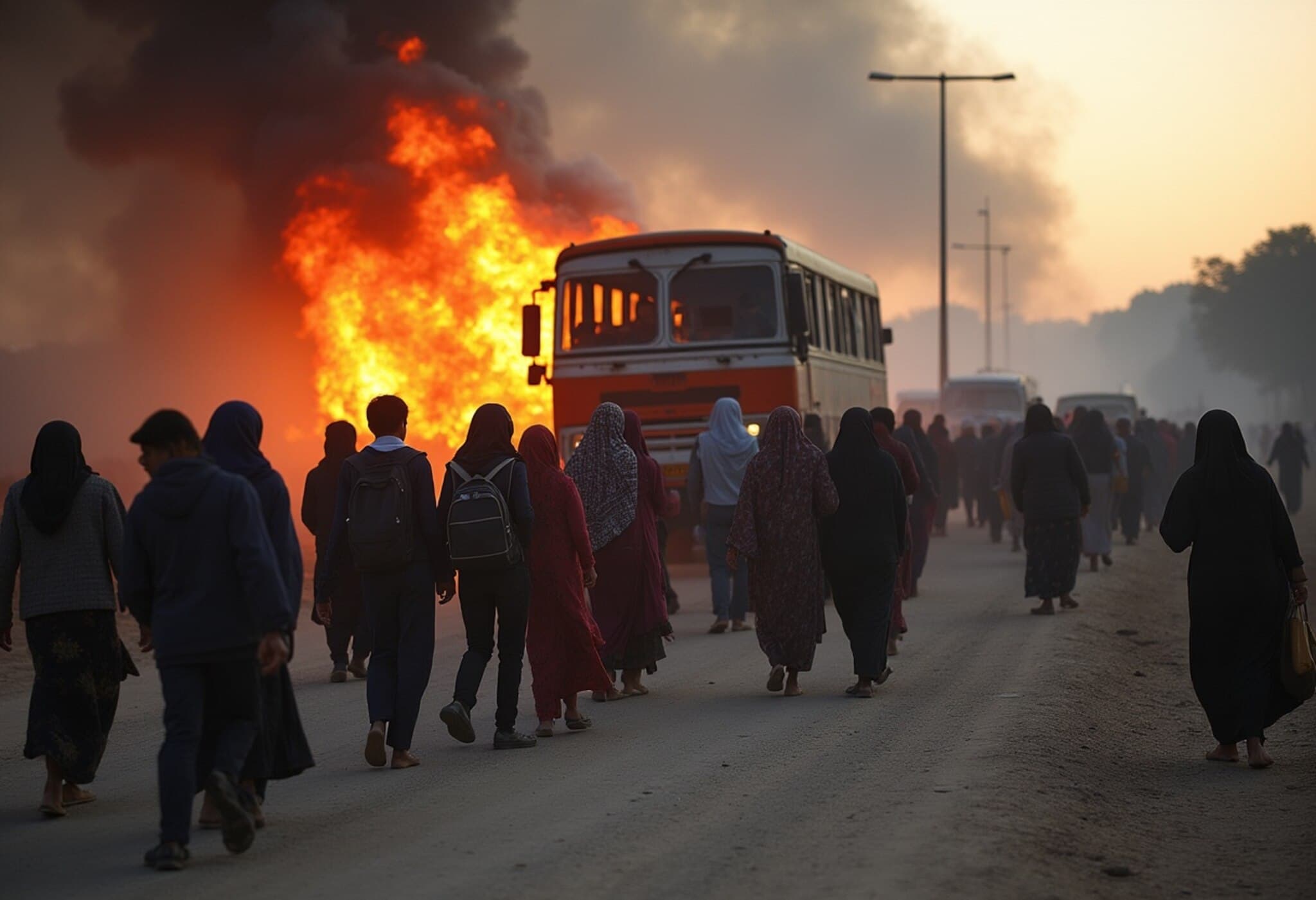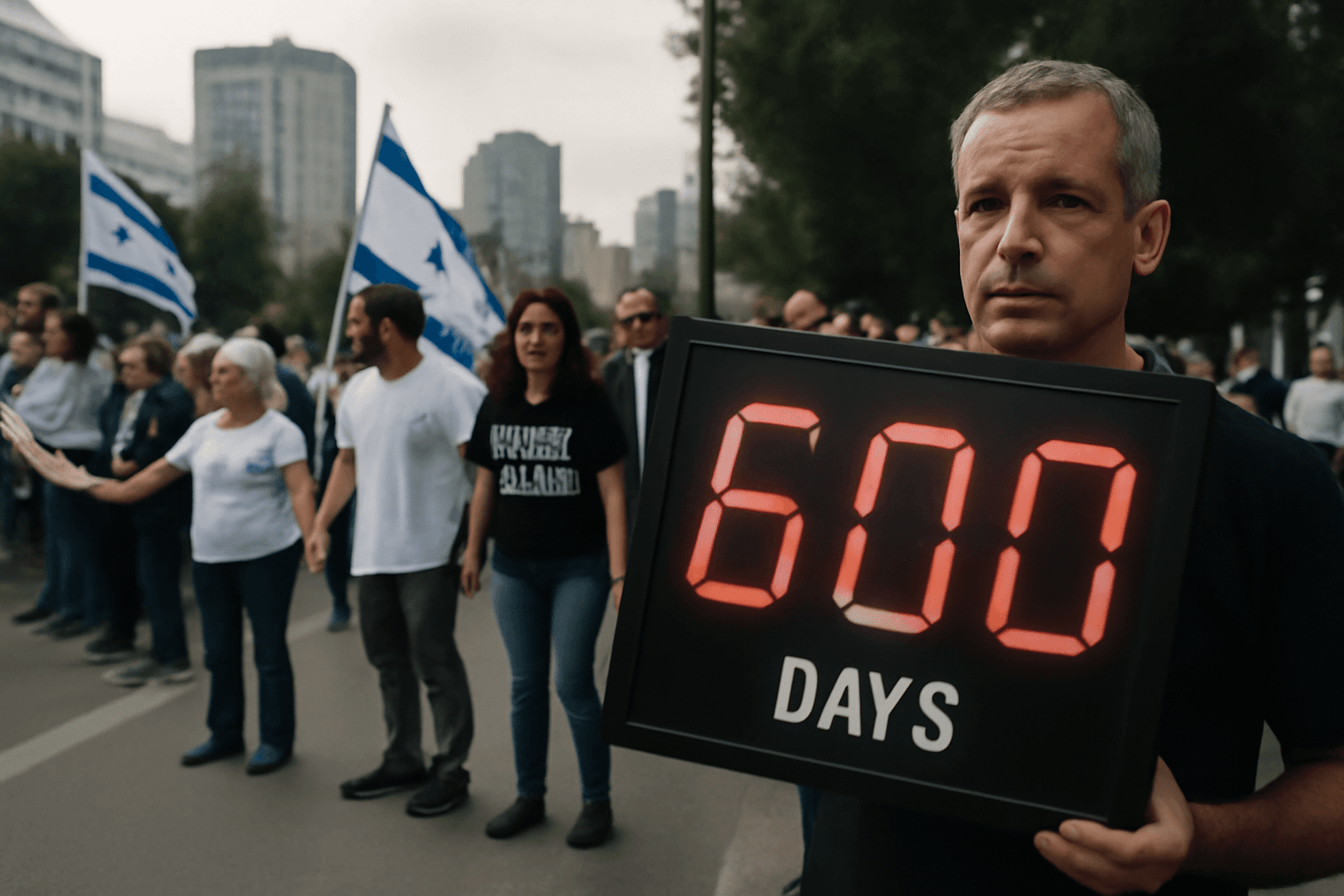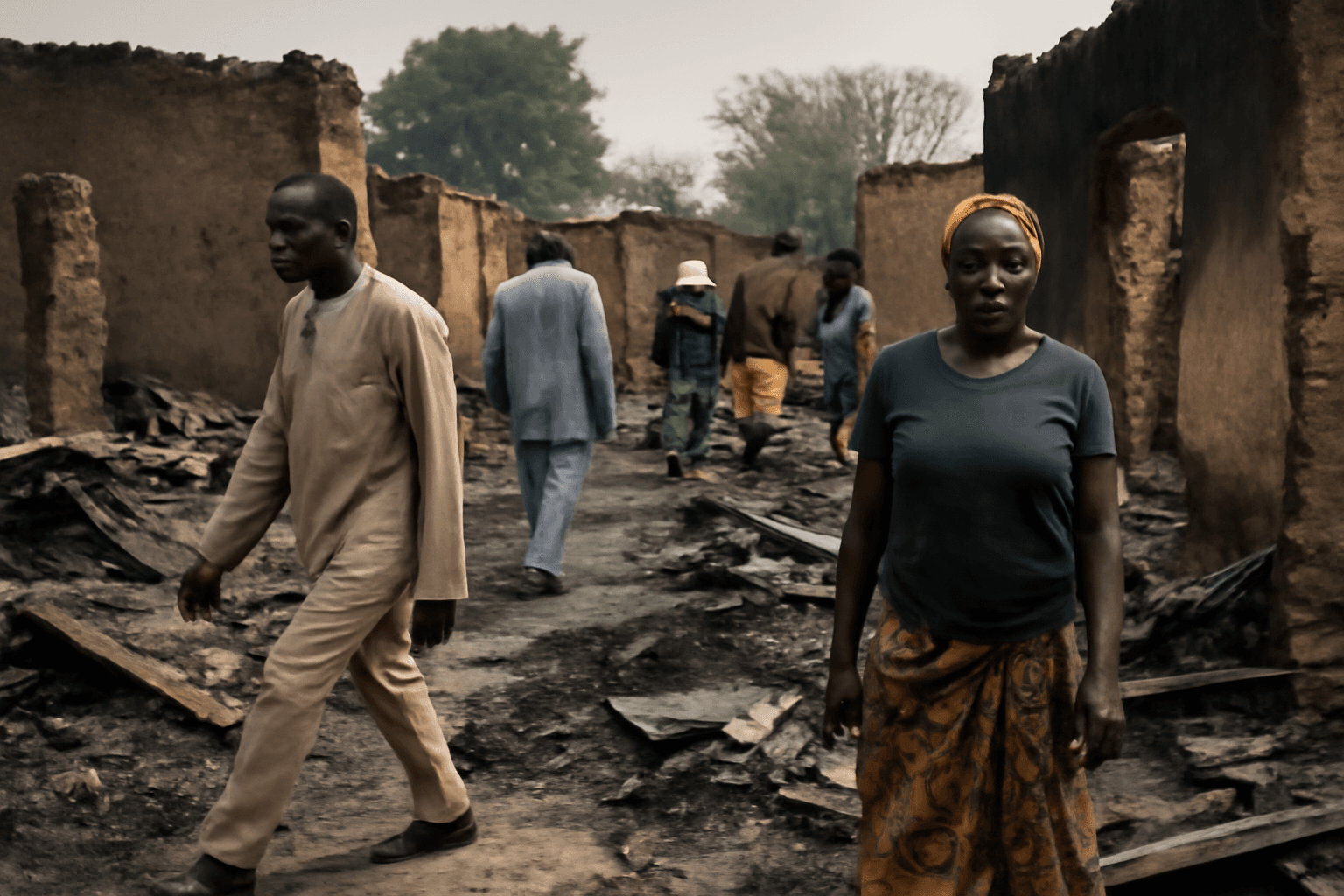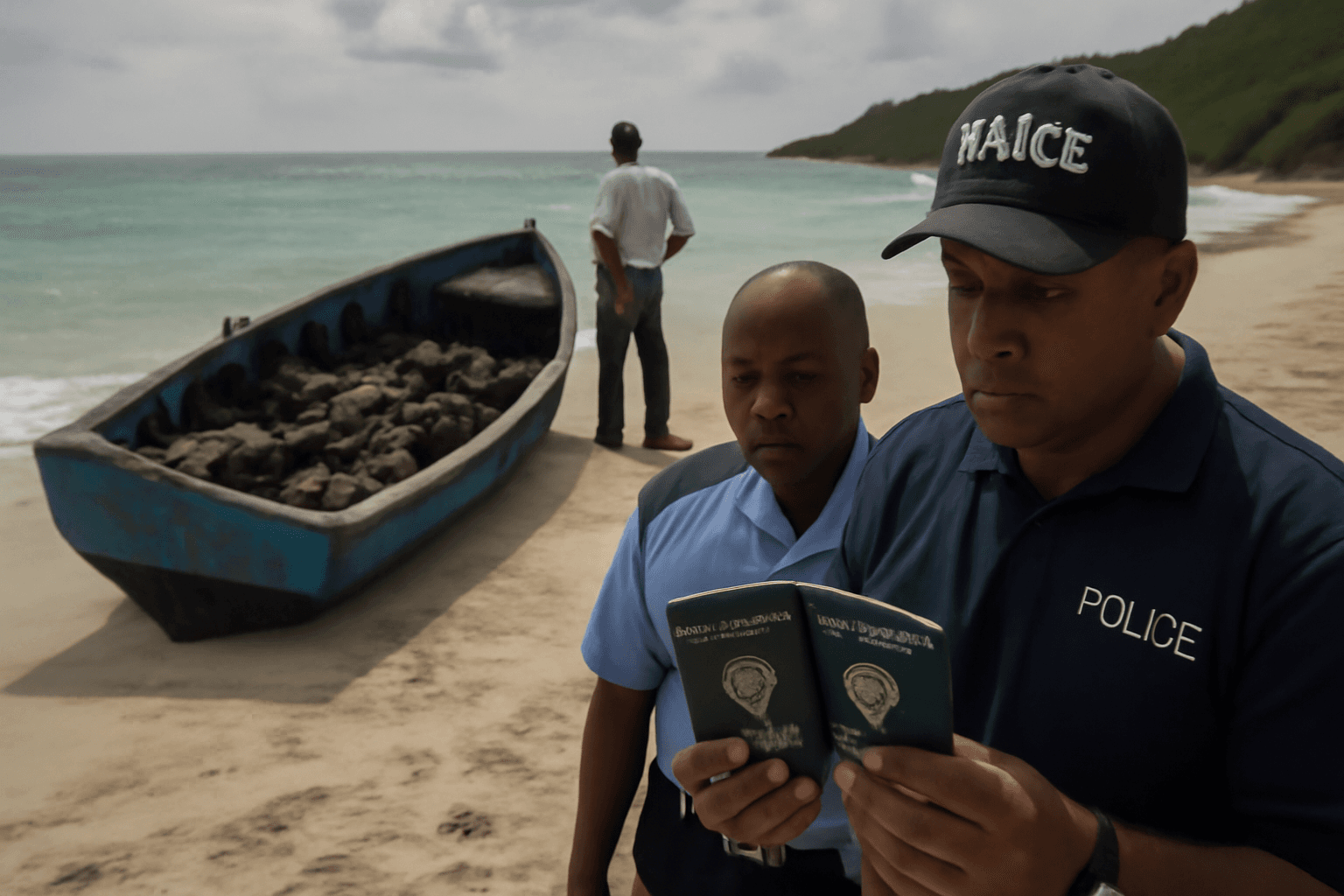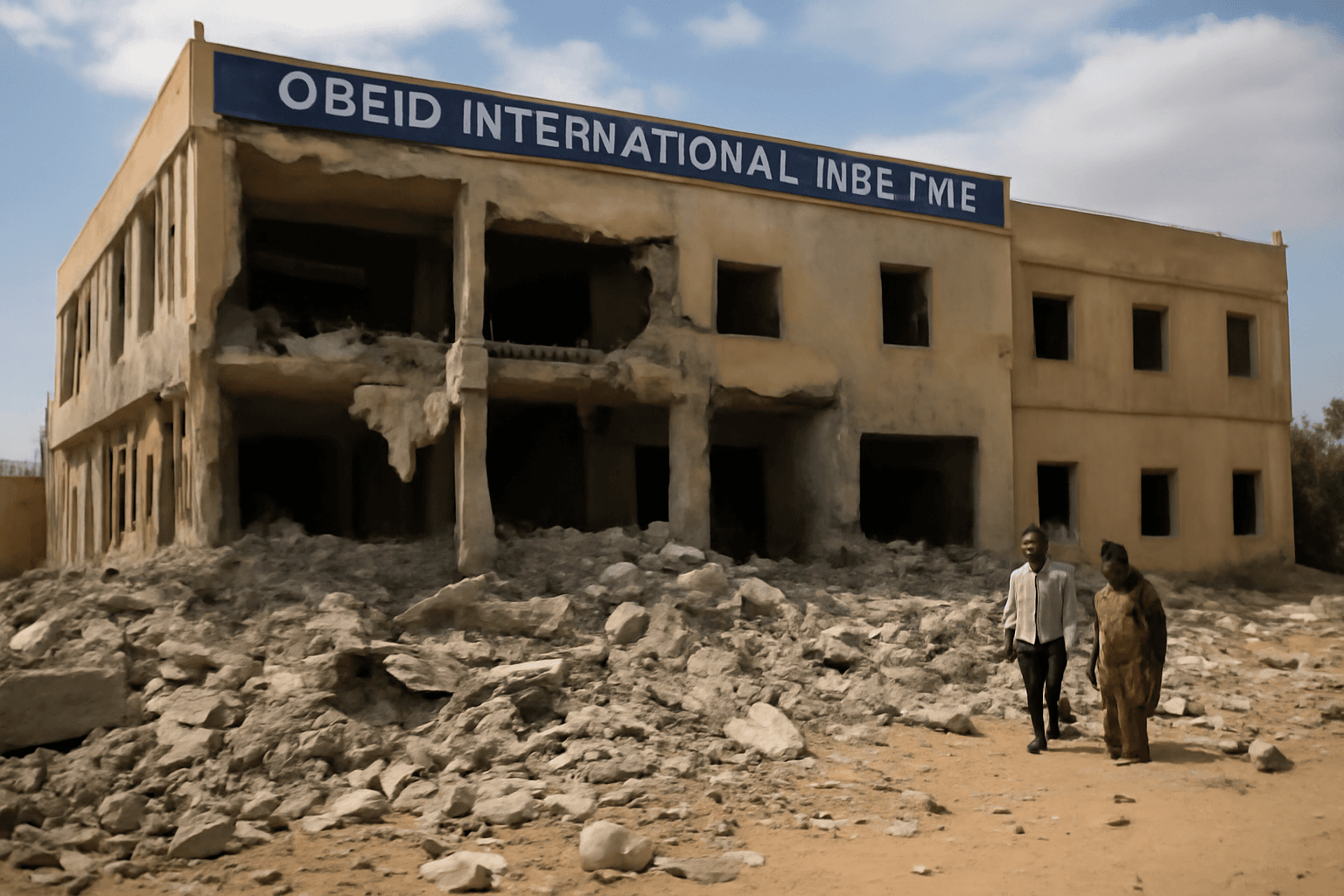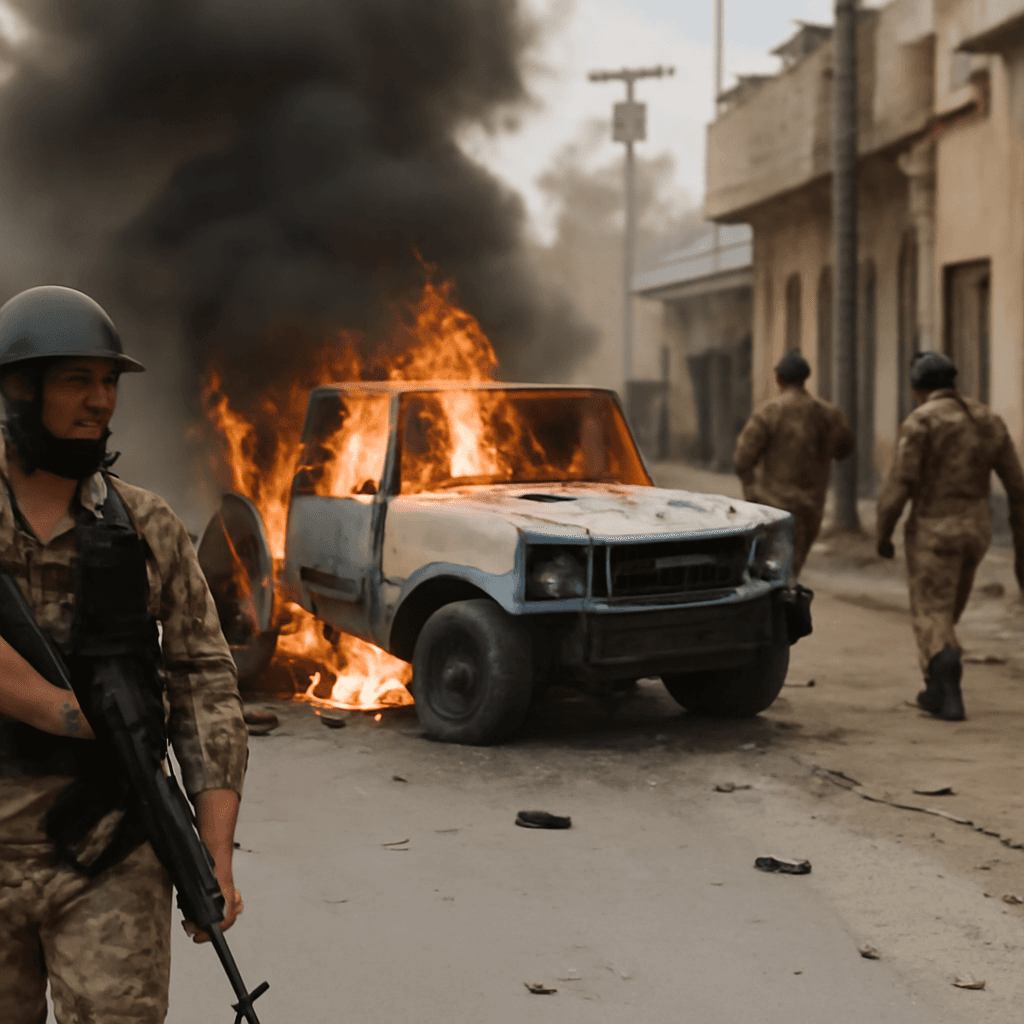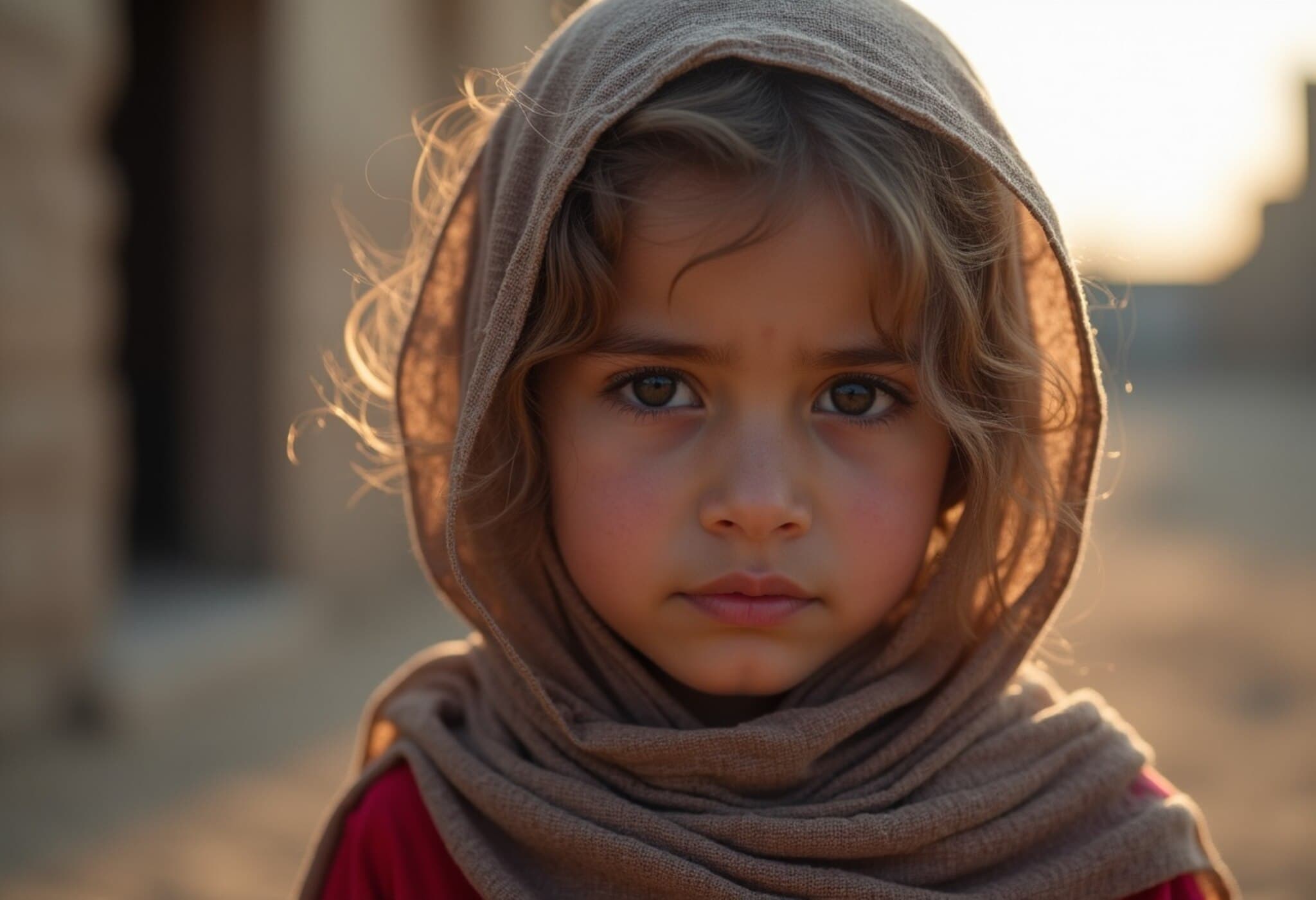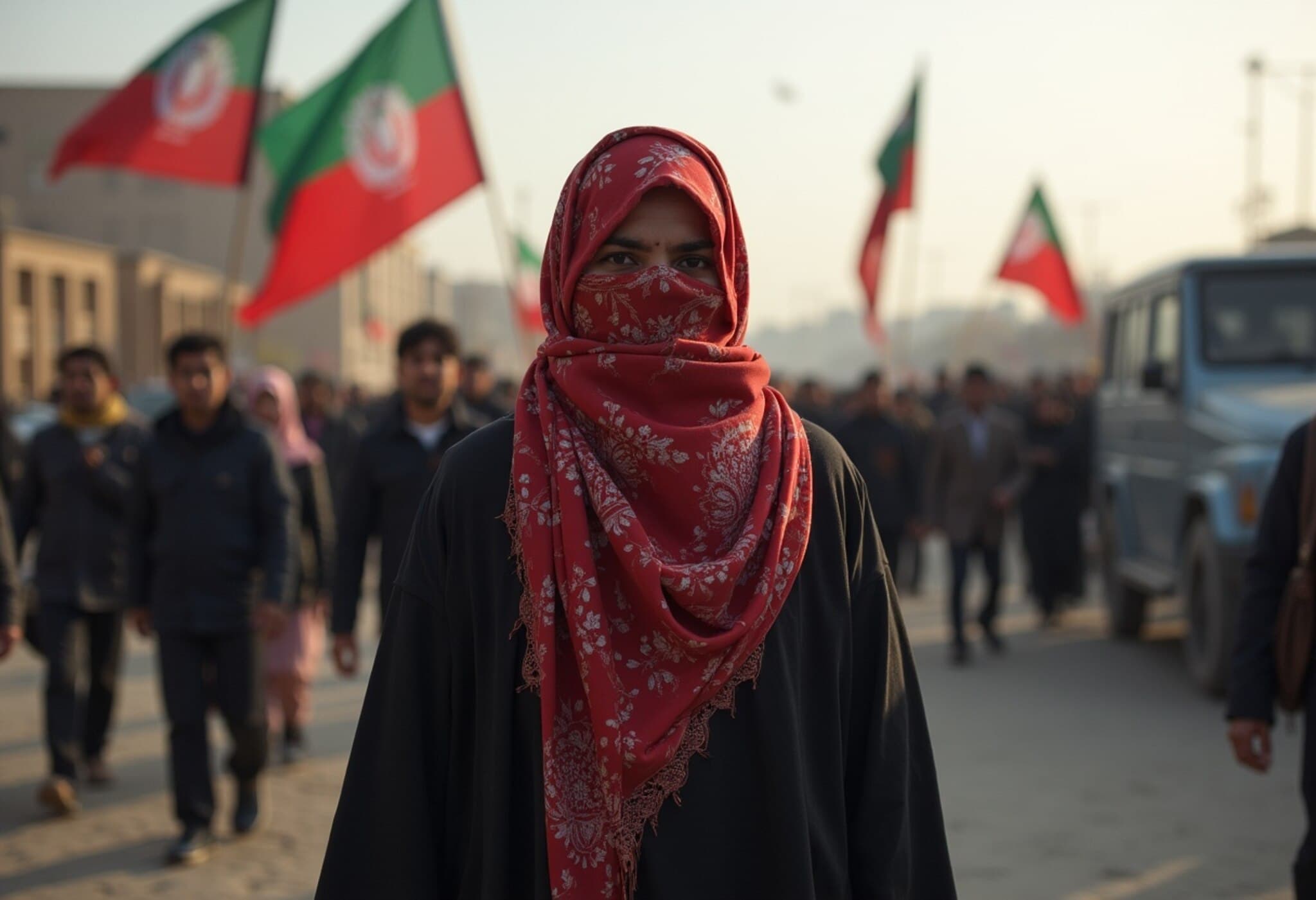Tragic Accident in Herat Claims Lives of 76, Including Many Children
On the evening of August 19, 2025, a devastating collision in Afghanistan's Guzara district, Herat province, led to the deaths of 76 people, including 17 children. The fatal crash involved a bus transporting Afghan migrants returning from Iran, colliding with a motorcycle and a fuel-laden truck, which then triggered a deadly fire.
The Incident and Immediate Aftermath
According to Mohammad Yousuf Saeedi, spokesperson for the Herat provincial government, the bus was on its way to Kabul when the accident occurred. The collision caused a fire that engulfed the vehicles, severely complicating rescue operations. Three survivors have been reported with serious injuries.
The bodies were taken to a nearby military hospital, where medical personnel faced the harrowing task of identifying victims amidst the charred remains. Mohammad Janan Moqadas, chief physician at Al-Farooq Army Corps Hospital, described many bodies as unidentifiable due to the intensity of the blaze.
An AFP journalist at the scene captured images of the burnt-out bus wreckage hours after the tragedy, underlining the severity of the disaster.
Human Toll Among Returning Migrants
Most of the victims were Afghan nationals recently repatriated from Iran, highlighting a broader humanitarian narrative. In 2025 alone, more than 1.5 million Afghans have returned from neighboring countries like Iran and Pakistan, pressured by shifting immigration policies and economic hardships abroad.
Many returnees arrive with little to no support system, facing urgent challenges of reintegration in a country grappling with ongoing poverty and unemployment. This bus appeared to be carrying such vulnerable individuals, compounding the tragedy.
Afghanistan’s Dangerous Road Landscape
This catastrophic accident exposes the persistent risks on Afghan roads. Decades of conflict have left infrastructure in disrepair, with poorly maintained roads and limited regulatory oversight contributing to frequent traffic fatalities.
Similar accidents have plagued the country recently, often involving fuel tankers that exacerbate fires and casualties:
- December 2024: Two bus accidents involving fuel tankers and trucks killed at least 52 in central Afghanistan.
- March 2024: Over 20 dead and 38 injured in a bus-fuel tanker collision in Helmand province.
- December 2022: A fuel tanker overturned and caught fire in Salang Pass, claiming 31 lives.
Expert Insight: The Policy and Humanitarian Dimensions
Experts emphasize that improving road safety in Afghanistan requires multi-sector collaboration:
- Infrastructure investment: Upgrading roads, especially high-traffic routes like those connecting Herat and Kabul.
- Regulatory enforcement: Implementing stricter vehicle and driver safety standards.
- Emergency response capability: Enhancing firefighting and medical response near accident-prone areas.
- Supporting Returnees: Facilitating safe transportation and social support for returning migrants amid economic instability.
The tragic loss of so many children—and indeed entire families—raises urgent ethical questions about how nations and aid organizations prioritize the safety and dignity of displaced populations on the move.
Editor’s Note
This heart-wrenching tragedy sheds light not only on Afghanistan’s infrastructural challenges but also on the fragility faced by millions of returning migrants. As economic and political pressures force mass returns, ensuring safe transit and reintegration must be a priority for Afghan authorities and international partners alike. Beyond statistics lie stories of families torn apart and communities at risk, compelling us to question how global migration policies intersect with local realities and the human cost of these policies.

